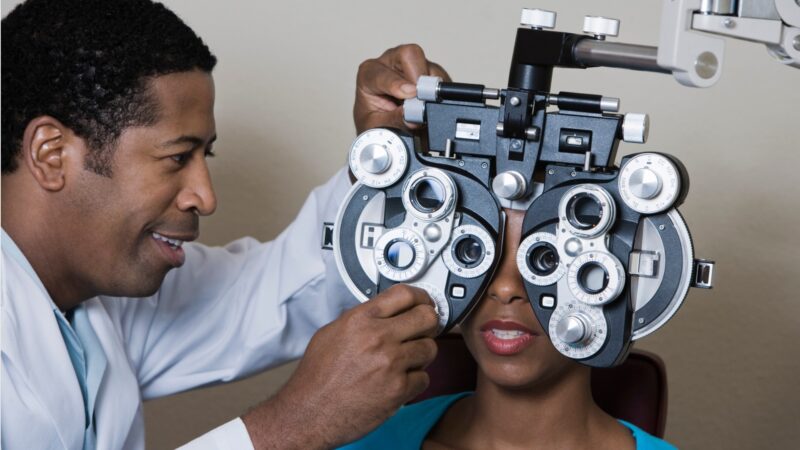Anaemia: Types and Treatment

Do you or someone you know feel cold or experience extreme fatigue or weakness? The chances are that you or that person could be anaemic. Anaemia is defined as a condition with a deficiency of healthy blood cells.
The most visible difference is that the skin can become too pale, or there is a sudden change in the sense of taste or frequent ringing in your ears. This is because organs are not receiving their due amount of oxygen. Red blood cells can be depleted due to the following –
- The body is unable to produce adequate haemoglobin
- Dysfunctional haemoglobin
- RBC production is very low
- RBCs break down at a much faster rate than normal
There are different types of anaemia, each having varying symptoms. For instance, sickle cell anaemics have a higher risk of infection or heart/lung complications. Similarly, iron deficiency anemics often acquire the habit of eating things that are not food, like ice, chalk or dirt. This is called pica.
- Iron deficiency anaemia: Caused by a shortage of iron production, it leads to subsequent haemoglobin deficiency. This type is commonly seen in menstruating or pregnant women, patients having stomach ulcers, bowel cancer, etc. The best haematologists often advise iron supplements to compensate for the deficiency.
- Vitamin deficiency anaemia: The body also needs folate and Vitamin B-12 to produce enough healthy blood cells in addition to iron. Even after adequate consumption, the body cannot absorb the vitamin in some individuals. This is also called pernicious anaemia, folic acid deficiency anaemia and Addison’s anaemia.
- Hemolytic anaemia: This is an inherited or acquired disease where the body starts to produce deformed blood cells. While inherited hemolytic anaemia is genetic in nature, the acquired type is caused by harmful substances such as drugs and our body’s subsequent reaction to them.
- Sickle cell anaemia: This condition is caused by a defect in the gene. The child will be a sickle cell anaemic when both parents are carriers of such a defective gene, or one of them is a patient and the other a carrier. This is because the blood cells are in the shape of a sickle which reduces their surface area, leading to a meagre amount of haemoglobin production and oxygen transport. It can also lead to blood vessel clogging and organ damage.
- Diamond Blackfan anaemia – A rare blood disorder where the bone marrow does not produce enough red blood cells. It is often diagnosed within the first year of life.
- Aplastic anaemia – This condition is characterized by a deformed or damaged bone marrow that cannot make red blood cells. Another name for this is bone marrow aplasia.
Care and treatment
Search for a haematologist near you or the best hemato oncologist to get better health outcomes. In the meantime, it is wise to take preventive steps given below:
- A balanced diet
- Drinking water regularly to stay hydrated
- Regular exercise and physical activity
- Avoiding exposure to substances triggering anaemia
- Dental hygiene and care
- Regular visits to the doctor and letting them in case of sudden changes in body or metabolism
- Monitoring existing symptoms and taking timely medications
SeekMed offers easy and convenient consultation with India’s top doctors who appear in search terms like ‘haematologist near me‘ or the ‘best hemato oncologist in India’.
- Ingestible iron supplements
- Iron-rich foods
- Vitamin C rich food and beverages that help in absorbing iron
- Blood transfusions
- EPO or erythropoietin injections (EPO is a hormone that tells the bone marrow to make red blood cells.)
Improve your health decisions from the comfort and safety of your home with the help of super-specialists at SeekMed.



